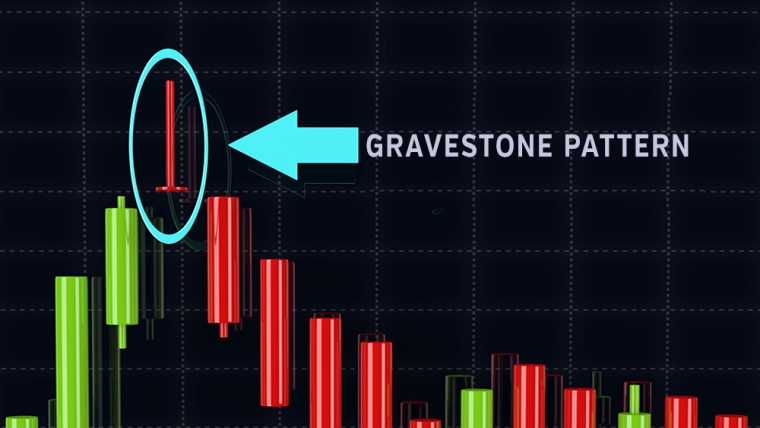
By Stuart Talman, XE currency strategist

Risk assets have extended to the downside through Thursday’s sessions, investors shifting the bad news is good news dynamic to a bad news is simply bad news perspective, weaker US data raising concerns over the outlook for the US economy.
In last Friday’s update, we commented..... Expect further upside until the next monkey wrench is hurled via Jerome Powell, China or the data-flow.
....and warned not to get complacent given the early 2023 risk rally as sentiment can turn on a dime.
Poor retail sales, industrial production and producer prices data was Wednesday’s monkey wrench, the catalyst for what appears to be a sudden pivot to negative risk sentiment.
Yesterday’s 1.50%+ slide in the S&P500 has wrenched the benchmark index back below the important 4000 mark and the widely followed 200 day moving average – a bearish signal that may well be the commencement of the market’s next assertive downside surge.
Should the data flow continue to deteriorate and the upcoming 4Q earnings season paints a picture of crumbling margins for US corporations, fresh cycle lows are likely as market participants move to price in a ugly and protracted recession.
This is not good news for the risk-sensitive New Zealand and Australian dollars which had been recent standout performers within the G10 space.
We flagged in yesterday’s update that Wednesday’s price action had formed a gravestone candlestick/bar pattern for the Kiwi – at times a reliable predictor of a major bearish trend reversal.
The last occasion that we brought to attention a daily gravestone candlestick/bar was the 07 April morning update – NZDUSD had spiked higher through 0.70 on 05 April, but aggressively reversed course through that day with sustained selling in the 24 hours that followed.
The Kiwi then ripped lower through the first half of 2Q 2022, falling close to 12% over 27 trading days.
The past 48 hour’s set-up is a carbon copy.
Thursday’s action has maintained the selling pressure of the previous 24 hours, NZDUSD falling around 2.50% from Wednesday’s high at 0.6530 which has also formed a double top with the 13 December high – another bearish reversal signal.
Thursday’s lows for the Kiwi have been logged in the 0.6360’s.
Of course, its too premature to declare with conviction that two days of selling has opened up a clear path to a prolonged downswing.
The Kiwi has fallen back into a range that contained much of the prior fortnight’s price action.
From a technical perspective, we’d need to see NZDUSD fall back below its 200 day moving average, currently located near 0.6270 to state with more confidence that greater downside beckons.
The near term downside technical support level we’ll be monitoring in the days ahead, 0.6290 – the 23.6% Fibonacci retracement of the October-January upswing.

In euro related news, the shared currency continues to be one of the stronger performing G10 currencies, remaining in close proximity to recent highs versus the dollar, despite the past 48 hours deteriorating risk sentiment.
Both the release of minutes from the last ECB meeting (50bps hike to 2.50%) and ECB President Lagarde’s Thursday evening speech at the World Economic Forum in Davos have re-emphasised the ECB’s hawkish stance.
When asked why the market was not aligned with the ECB in its expectations for the path of monetary policy through 2023, Lagarde responded: "I would advise market participants to revise their positions".
The ECB has been the laggard within the cohort of developed nations central banks, but is now positioned as the most hawkish given most of its peers are slowing their respective tightening cycles as the end -point nears.
The ECB is expected to deliver 50bps hikes at both its 02 February and 16 March meetings.
The Kiwi has aggressively rejected levels near 0.60 against the euro for the second time this month, forming a double top. The past 48 hours selling has pushed NZDEUR back through 0.59, Thursday’s lows marked a few pips above 0.5880.
Deteriorating global risk sentiment in tandem with a hawkish ECB is a recipe for sustained NZDEUR weakness.
Expectations are for the pair to re-test cycle lows at 0.57 during 1Q.
In yesterday’s regional news, Aussie employment data came in weaker than expected, the Australian economy delivering a surprise contraction in jobs growth versus a consensus outcome of 22.5K new jobs. The jobless rate remains at 3.4%.
The Kiwi continues to claw back ground versus the Aussie, NZDAUD climbing back through 0.93 before paring gains to start this morning near 0.9250. We look for a 0.9150 to 0.9350 range to form over the next few weeks.
To the day ahead, it’s a relatively quiet one, no tier one macroeconomic data releases.
More central bank officials will be speaking providing their latest thinking on their respective monetary policy settings.
Expectations are for a moderation of selling pressures, with a mild downside bias heading into the week’s close – NZDUSD to feed down into the mid 0.63’s.
Daily exchange rates
Select chart tabs
Stuart Talman is Director of Sales at XE. You can contact him here.

We welcome your comments below. If you are not already registered, please register to comment.
Remember we welcome robust, respectful and insightful debate. We don't welcome abusive or defamatory comments and will de-register those repeatedly making such comments. Our current comment policy is here.